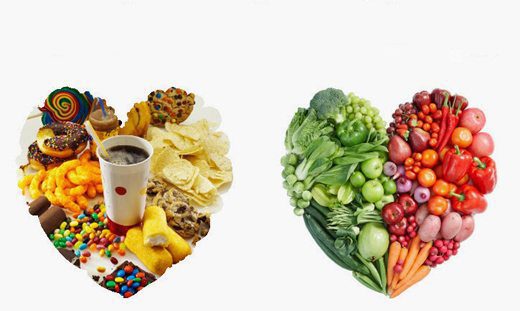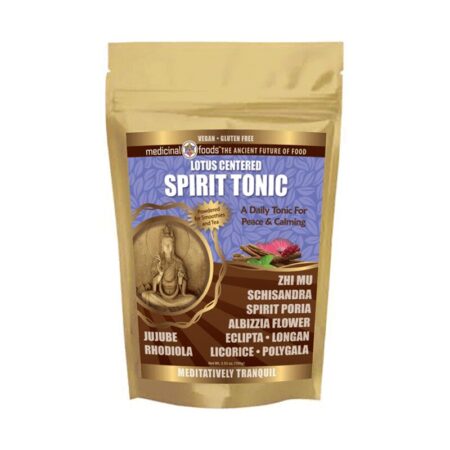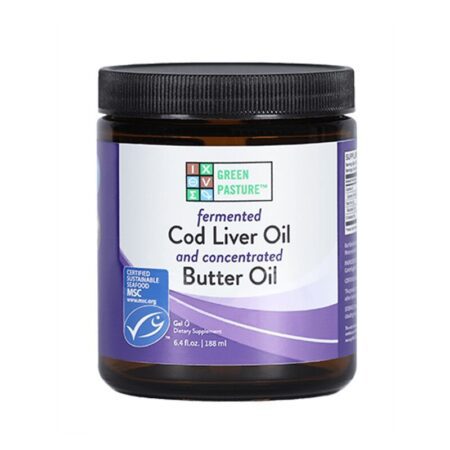Processed foods have become a dominant food supply these days, taking up space on the shelves which unfortunately are purchased and consumed by millions of healthy and unhealthy individuals. Of course we can blame great marketing, advertising and product placement in grocery stores, however we must ultimately put blame on ourselves when consuming in these unhealthy products.
So what exactly are processed foods and why are processed foods bad for you? Find out as we dive into this unhealthy topic and transform your taste buds into healthy, unprocessed foods.
There is a major difference between mechanical processed food and chemical processed food.
The colon should be cleansed more frequently if processed foods are consumed. Real foods may have a single ingredient or multiple ingredients, but what is important is that there are no added chemicals; it doesn’t matter if it’s been ground or put into a jar, it’s still real food. However… foods that have been chemically processed and made solely from refined ingredients and artificial substances, are what is generally known as “processed food.”
Why are processed foods bad for your health?
Through the excessive heating and cooling process, which are required in order to give processed foods extended shelf life, destroying vital nutrients. Also, blanching vegetables before they are packaged causes water-soluble vitamins like vitamin B to fall out. Milling grains for breads will cause the husk to fall off, which stores most of the valuable nutrients, and that’s only a few examples to share.
Nutrient destruction happens to all fruits and vegetables that are not freshly prepared which can also be caused by leaving your veggies in the fridge for several days. Processed foods also lose a significant source of their flavor as they are altered for longer shelf-lives, another down side to processed foods. Ultimately what this means is when you’re eating processed foods, you’re actually eating a lot of empty calories (calories that come with few or no nutrients that your body needs).
So either you’re not getting these nutrients, which is bad for your general health, or you need to eat a whole bunch of calories in order to get them. On the other hand, if you’re consuming “nutrient dense” foods (fresh foods that aren’t processed), then you can get all the nutrients you need with many fewer calories.
Unfortunately most of Americans’ household food budget is spent on nutrient dense foods, aka processed foods, taking over their diets. These types of foods are enhanced with sweeteners, salts, artificial flavors, factory-created fats, colorings, chemicals that alter texture and preservatives.
The trouble is not so much with what’s been added to these foods, but what’s been taken out. Often times you will see processed foods stripped of nutrients designed by nature to protect your heart, such as soluble fiber, antioxidants, and “good” fats. Combine all of that with additives and you have a recipe for disaster. But break away from this diet and you can turn to healthier alternatives by avoiding the following processed foods.
Top four ingredients found in processed foods:
TRANS FATS
Trans fats are in moist bakery muffins and crispy crackers, microwave popcorn and fast-food French fries, even the stick margarine you may rely on as a “heart-healthy” alternative to saturated-fat-laden butter.
Once hailed as a cheap, heart-friendly replacement for butter, lard and coconut oil, trans fats have been denounced by one Harvard nutrition expert as “the biggest food-processing disaster in U.S. history.” Why? Research now reveals trans fats are twice as dangerous for your heart as saturated fat, and cause an estimated 30, 000 to 100, 000 premature heart disease deaths each year.
Trans fats are worse for your heart than saturated fats because they boost your levels of “bad” LDL cholesterol and decrease “good” HDL cholesterol. That’s double trouble for your arteries. And unlike saturated fats, trans fats also raise your levels of artery-clogging lipoprotein and triglycerides.
Check the ingredient list for any of these words: “partially hydrogenated, ” “fractionated, ” or “hydrogenated” (fully hydrogenated fats are not a heart threat, but some trans fats are mislabeled as “hydrogenated”). The higher up the phrase “partially hydrogenated oil” is on the list of ingredients, the more trans fat the product contains.
Replacing trans fats with good fats could cut your heart attack risk by a whopping 53 percent.
REFINED GRAINS
Choosing refined grains such as white bread, rolls, sugary low-fiber cereal, white rice, or white pasta over whole grains can boost your heart attack risk by up to 30 percent. Don’t be fooled by deceptive label claims such as “made with wheat flour” or “seven grain.”
At least seven major studies show that women and men who eat more whole grains (including dark bread, whole-grain breakfast cereals, popcorn, cooked oatmeal, brown rice, bran, and other grains like bulgur or kasha) have 20 to 30 percent less heart disease. In contrast, those who opt for refined grains have more heart attacks, insulin resistance, and high blood pressure.
Read the ingredient list on packaged grain products. If the product is one of those that are best for you, the first ingredients should be whole wheat or another whole grain, such as oats. The fiber content should be at least 3 grams per serving.
SALT
Three-quarters of the sodium in our diets are not from the saltshaker. It’s hidden in processed foods such as canned vegetables and soups, condiments like soy sauce and Worcestershire sauce, fast-food burgers (and fries, of course), and cured or preserved meats like bacon, ham, and deli turkey.
Some sodium occurs naturally in unprocessed edibles, including milk, beets, celery, even some drinking water, and that’s a good thing because sodium is necessary for life. Sodium helps regulate blood pressure, maintains the body’s fluid balance, transmits nerve impulses, makes muscles — including your heart — contract, and keeps your senses of taste, smell, and touch working properly. You need a little every day to replace what’s lost to sweat, tears, and other excretions.
HIGH-FRUCTOSE CORN SYRUP
Compared to traditional sweeteners, high-fructose corn syrup costs less to make, is sweeter to the taste, and mixes more easily with other ingredients. Today, we consume nearly 63 pounds of it per person per year in drinks and sweets, as well as in other products. High-fructose corn syrup is in many frozen foods. It gives bread an inviting, brown color and soft texture, so it’s also in whole-wheat bread, hamburger buns, and English muffins. It is in beer, bacon, spaghetti sauce, soft drinks, and even ketchup.
Research is beginning to suggest that this liquid sweetener may upset the human metabolism, raising the risk for heart disease and diabetes. Researchers say that high-fructose corn syrup’s chemical structure encourages overeating. It also seems to force the liver to pump more heart-threatening triglycerides into the bloodstream. In addition, fructose may zap your body’s reserves of chromium, a mineral important for healthy levels of cholesterol, insulin, and blood sugar.
To spot fructose on a food label, look for the words “corn sweetener, ” “corn syrup, ” or “corn syrup solids” as well as “high-fructose corn syrup.”
So the next time you go to the grocery store keep in mind the processed foods to avoid in order to maintain a healthy diet for you and our family.
For more health facts and information visit our Medicinal Foods Twitter, Instagram or Facebook page!
Photo Credit: Hungry for Change



















